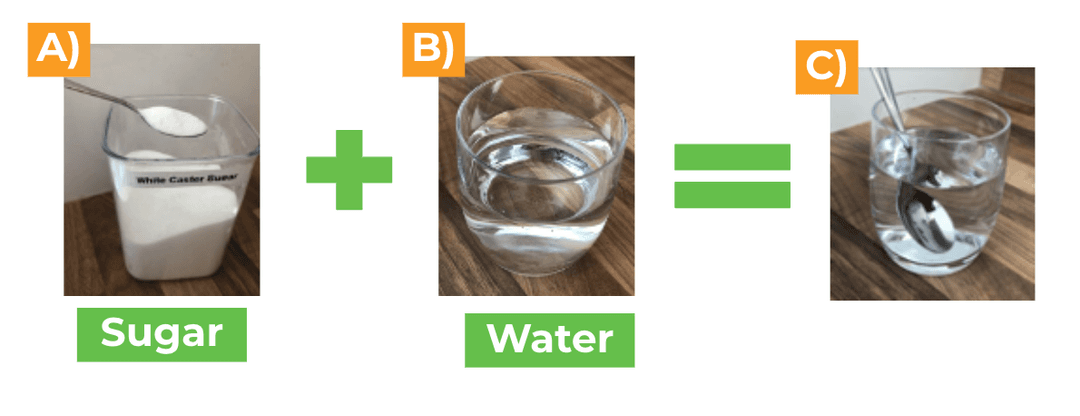
How can mixtures be separated?
In this lesson, we will look at three different methods for separating mixtures: sieving, filtration and evaporation. We will learn when to use each one and plan our own experiment. You will need a pencil and a piece of paper for this lesson.
How can mixtures be separated?
In this lesson, we will look at three different methods for separating mixtures: sieving, filtration and evaporation. We will learn when to use each one and plan our own experiment. You will need a pencil and a piece of paper for this lesson.
Switch to our new science teaching resources
Slide decks, worksheets, quizzes and lesson planning guidance designed for your classroom.
Play new resources video
Lesson details
Key learning points
- State three methods of separating mixtures
- Select an appropriate separation technique for a given mixture
- Plan an experiment to isolate components of a mixture
Licence
This content is made available by Oak National Academy Limited and its partners and licensed under Oak’s terms & conditions (Collection 1), except where otherwise stated.
Loading...
5 Questions
